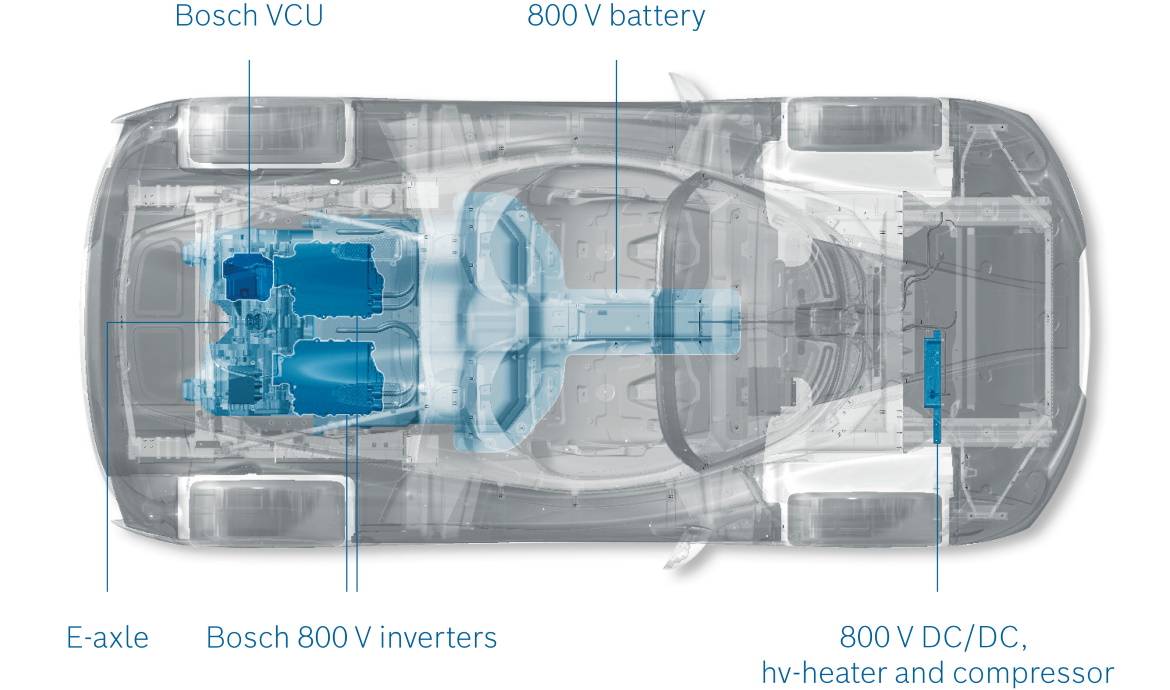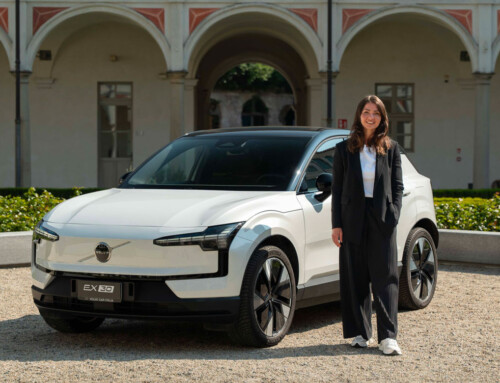What will be the future of super sports cars in terms of converting to pure electric propulsion? To test the limits of what is technically feasible in this field, Bosch Engineering and Dallara have conducted a joint project that led to the creation, in less than nine months, of a concept car with exciting performance based on the Dallara Stradale. Everything started with a “dream workshop” at the Bosch headquarters in Germany, where the engineers of the two companies – with an already consolidated collaboration – filled a wall, writing technical requirements and suggestions for the vehicle to be created. “It wasn’t difficult to work together. Our engineers understand each other perfectly, we have a shared DNA, the same orientation towards investing in the future”, Frank Schmidt, Executive VP of Bosch Engineering, said.
The objective wasn’t the creation of a demonstration show car, but of a genuine race track prototype. “The name Dallara is only given to a sportscar; we would never have associated it with an SUV”, specifies Andrea Pontremoli, CEO & General Manager of Dallara, smiling. “The challenge was to respect the original DNA of the Dallara Stradale, i.e. maintain the driving pleasure, without neglecting the dynamic characteristics of the vehicle, the reduced weight and its aerodynamics”. The “electric Stradale” – though in reality the prototype does not have an official name – doesn’t disappoint. It has an acceleration from 0 to 100 km/h in less than 3 seconds and a maximum speed of 245 km/h, thanks to a maximum power of 440 kW/h generated by two electric motors, compared with a total vehicle weight of 1250 kg. The electric transmission is ensured by a high-tension, 800-volt system.
Bosch Engineering provided the compact unit that comprises the electric axle, developed especially for the project, with the two high performance motors and the transmission, in addition to two inverters, the battery pack, the whole electric/electronic architecture for the vehicle, as well as the Vehicle Control Unit. The Dallara Stradale wasn’t born electric; this meant they had to integrate all new components, modifying a part of the chassis in carbon fibre. “We pursued a holistic approach, i.e. considering all the systems as a single system, to preserve the aerodynamics and the dynamics of the vehicle”, explains Daniele Guarnaccia, Program Manager of the Dallara Stradale, as well as of this project.
So, seen from the outside, the prototype does not show distinguishing marks compared to the production model, if not the graphics that describe the technical features, in a style that recalls the notes hand-written by the engineers during the “dream workshop”. “This prototype is the demonstration of how two companies can unite to achieve, in a short time, the best compromise possible”, observed Frank Schmidt again. But the real demonstration is a turn about the Varano de’ Melegari race track: truly exciting.














